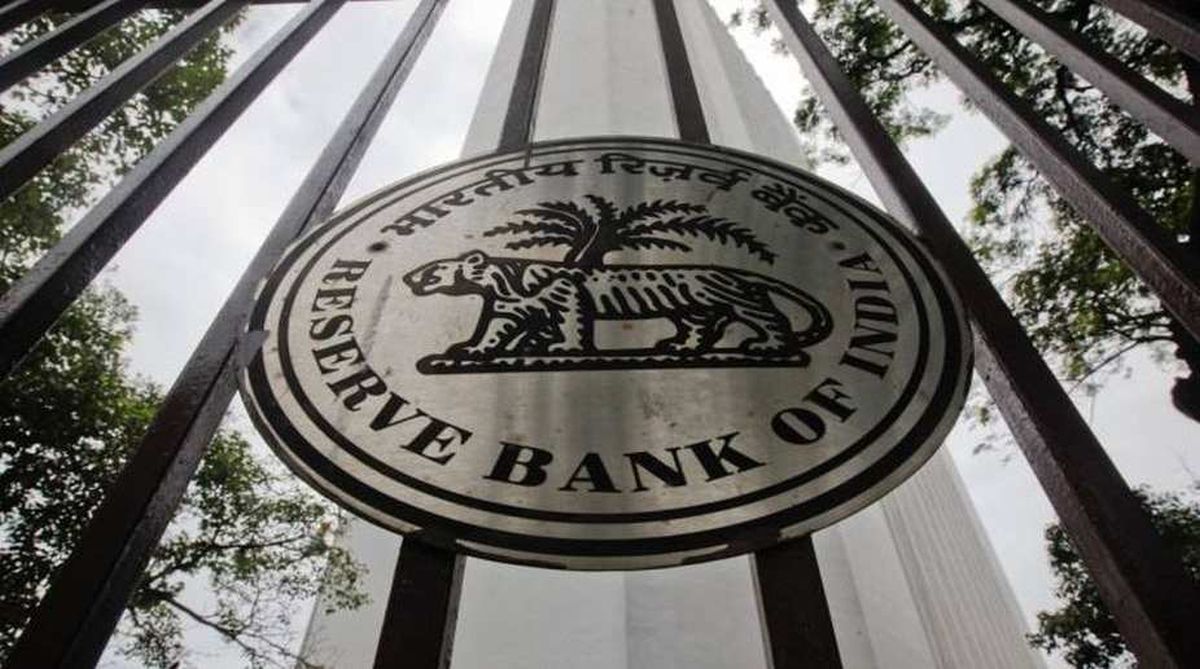In its fifth bi-monthly review, the Reserve Bank of India (RBI) on Wednesday kept the repo rate – the lending rate for commercial banks – unchanged at 6.5 per cent for the second time in a row. Even the reverse repo rate was left unchanged at 6.25 per cent.
The marginal standing facility (MSF) rate and the bank rate were kept at 6.75 per cent, which, too, was unchanged.
Advertisement
The RBI also retained GDP growth projection for 2018-19 at 7.4 per cent. The committee also revised the inflation target for the second half to 2.7 per cent.
In a decision taken by the six-member Monetary Policy Committee (MPC), headed by RBI Governor Urjit Patel, the RBI also made no changes to its stance of “calibrated tightening” adopted in the policy review of October.
“The decision of the Monetary Policy Committee is consistent with the stance of calibrated tightening of monetary policy in consonance with the objective of achieving the medium-term target for consumer price index (CPI) inflation of 4 per cent within a band of +/-2 per cent, while supporting growth,” said the RBI in a statement.
The decision not to change the repo rate and reverse repo rate comes on the back of a fall in crude oil prices and lower-than-expected inflation.
According to reports, the decision will appease the central government which is batting for more support for banks to continue lending. It is noteworthy that this MPC meeting was the first since a bitter debate over the central bank’s autonomy between the RBI Governor and the government.
Citing reasons for its decision taken today, the RBI said global economic activity has shown increasing signs of weakness on rising trade tensions since the last MPC meeting in October 2018. This was in reference to the ongoing trade dispute between the United States and China.
The RBI also said that there has been a slowdown in economic activity among advanced economies (AEs), such as the US, Euro area and the Japanese economy, in Q3 as well as major emerging market economies (EMEs), such as China.
The MPC noted that crude oil prices have declined sharply, reflecting higher supplies and easing of geopolitical tensions.
“Base metal prices have continued to decline on selling pressure following weak demand from major economies. Gold price has risen underpinned by safe haven demand triggered by political uncertainty in some geographies, though a strong dollar may stem the rise,” said the central bank.
Explaining the reason behind keeping the GDP growth projection unchanged, the RBI said that a series of factors indicate the possibility of boosting India’s growth prospects, including the decline in crude oil prices which would improve corporate earnings and raise private consumption through higher disposable incomes.
“Increased capacity utilisation in the manufacturing sector also portends well for new capacity additions. There has been significant acceleration in investment activity and high frequency indicators suggest that it is likely to be sustained,” the RBI said.
The MPC observed that the tightening of the global financial conditions have failed to deter the strengthening of credit offtake from the banking sector. The central bank added that improving prospects of the external sector could help increase FDI flows.
“The time is apposite to further strengthen domestic macroeconomic fundamentals. In this context, fiscal discipline is critical to create space for and crowd in private investment activity,” the MPC said in its observation.
The MPC, which held its meeting over a period of three days, will meet again from 5 to 7 February 2019.











